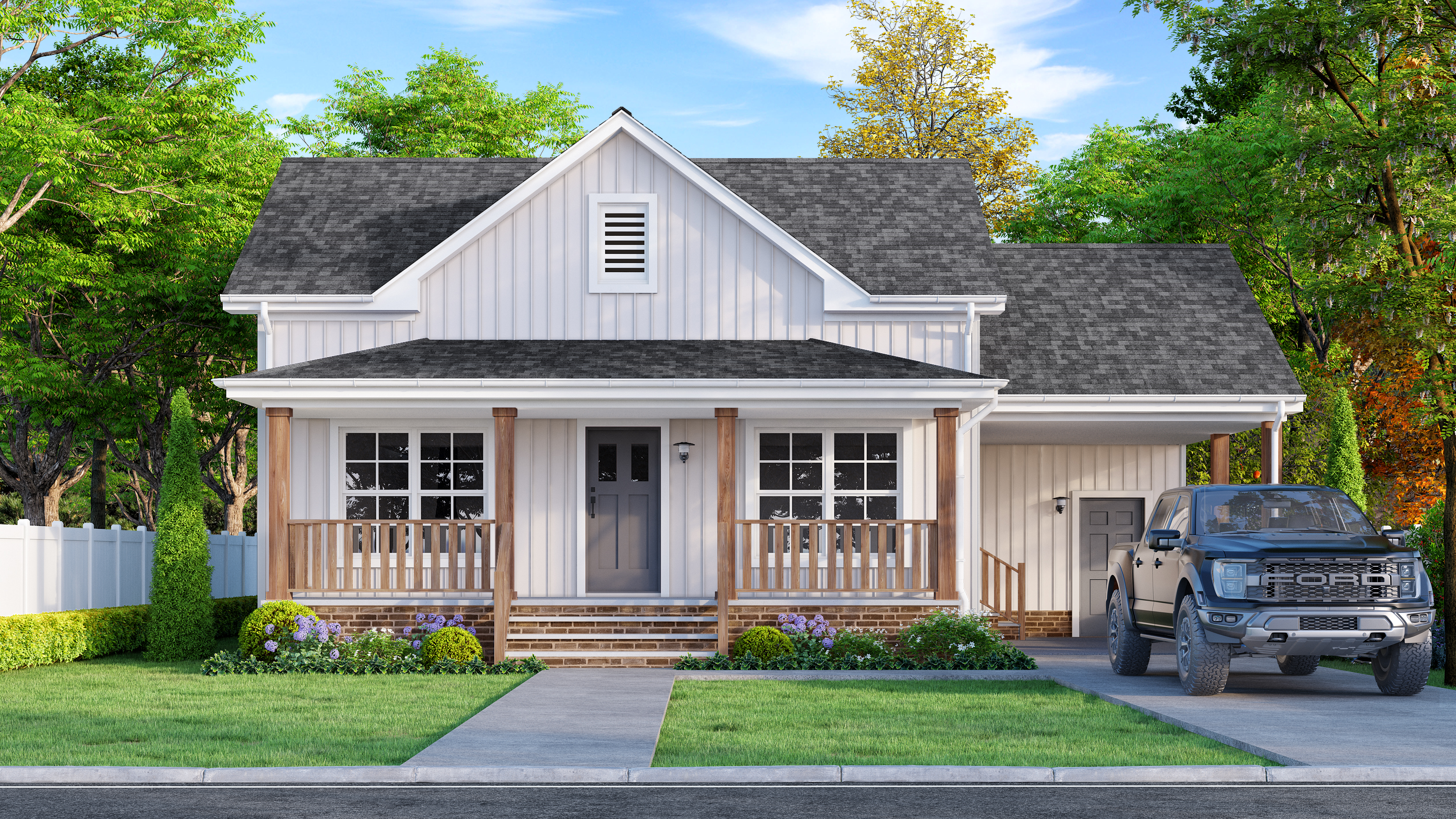Building a new house is an exciting endeavor, and one crucial aspect of the process is selecting the right construction materials. Choosing the appropriate materials can ensure durability, aesthetics, energy efficiency, and overall satisfaction with your new home.
In this blog post, we provide you with a comprehensive guide on how to select construction materials for your new house.
How-To Select Construction Materials
- Research and Define Your Requirements: Before diving into material selection, it’s essential to research and define your requirements. Consider factors such as your budget, climate conditions, desired architectural style, and sustainability goals. This initial step will help you make informed decisions throughout the construction process.
- Focus on Structural Components: The structural components of your house lay the foundation for its stability and longevity. Materials like concrete, steel, and timber are commonly used in the construction of walls, beams, and foundations. Consult with a structural engineer or architect to determine the most suitable materials based on your design and location.
- Prioritize Energy Efficiency: Energy efficiency is becoming increasingly important in modern construction. Look for materials with high thermal resistance, such as insulated concrete forms (ICFs), double-glazed windows, and energy-efficient roofing materials. These choices will help regulate indoor temperature, reduce energy consumption, and lower utility bills over time.
- Consider Durability and Maintenance: Choosing durable materials is crucial for the long-term performance of your house. Evaluate the lifespan, maintenance requirements, and resistance to weathering of various materials. For example, fiber cement siding, metal roofing, and vinyl windows are known for their durability and low maintenance.
- Assess Environmental Impact: Sustainable construction practices are gaining popularity, and selecting environmentally friendly materials can minimize your carbon footprint. Look for renewable materials like bamboo or reclaimed wood, recycled content products, and materials with low volatile organic compound (VOC) emissions. Additionally, consider the life cycle analysis of the materials, including their extraction, production, transportation, and disposal impacts.
- Consider Aesthetics and Personal Preferences: Your new house should reflect your personal style and preferences. Consider the aesthetic appeal of different materials, such as brick, stone, or wood finishes. Explore color options, textures, and architectural features that align with your vision for the house. Balancing aesthetics with functionality will create a harmonious living space.
- Seek Professional Advice: Throughout the material selection process, it’s advisable to consult with professionals, such as architects, contractors, or interior designers. Their expertise and experience can provide valuable insights and ensure that your material choices align with your goals and comply with building codes and regulations.
Selecting construction materials for your new house is a crucial task that requires careful consideration. By researching your requirements, prioritizing energy efficiency and durability, considering the environmental impact, and seeking professional advice, you can make informed decisions that will result in a beautiful, functional, and sustainable home. Remember, the right materials will not only enhance the aesthetic appeal but also contribute to the long-term comfort and satisfaction of your new house.

